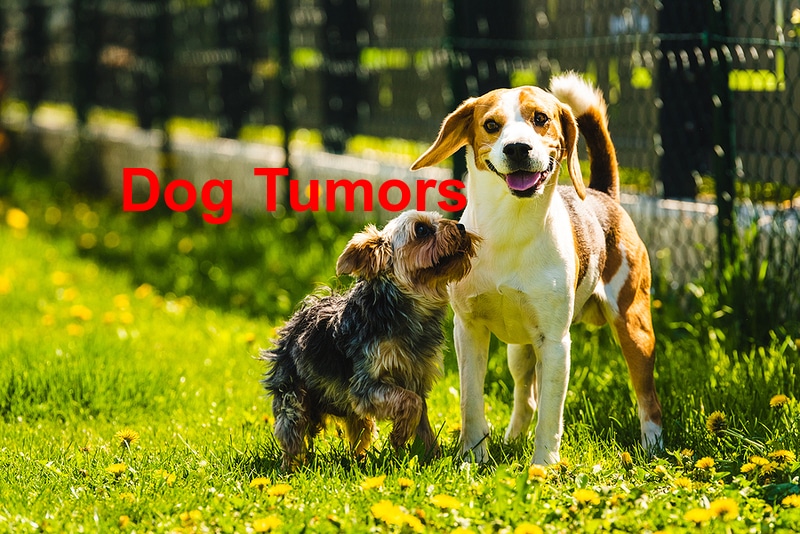Truth be told, cancer is an extremely common diagnosis in dogs, especially as they near the end of their life. It’s also a leading cause of death in most canines, with the (NCICCR) National Cancer Institute Center for Cancer Research estimating that around 6 million out of 65 million poodles in the States are diagnosed with the dangerous disease annually.
Here are some of the common canine-related tumors that you are likely to encounter.
1. Lipomas
Lipomas are characteristic soft masses that form majorly just beneath a dog’s skin. They may vary in size but most of the time they rarely grow to life-threatening sizes. A fine needle can be used to evaluate and confirm the seriousness (or lack thereof) of this tumor, although it is often benign more times than not. That being said, the tumor is mostly only removed if it appears to impede the dog’s movement.
2. Mast Cell Tumors
They are often red and very itchy as they contain histamine, a naturally-occurring substance that is mostly associated with allergic reactions. And since histamines often trigger the secretion of stomach acid, dogs that suffer from these tumors are often also at a risk of being plagued with GI ( gastro-intenstinal tumors ). Luckily, surgical removal of the tumor is often possible particularly when the cancer is spotted early enough.
3. Osteosarcoma
Giant dog breeds such as Great Danes and Greyhounds are often very susceptible to this debilitating type of bone cancer. One of the most common signs of osteosarcoma is usually persistent and unexplained limping that is caused by the pain that the growing tumor imparts on the bone marrow.
Speaking of which, an xray and a series of comprehensive tests is often needed to rule out other possible conditions like arthritis. What’s more, at times a biopsy is even needed to differentiate this tumor from other common bone defects that sneak up on older big dogs. If the cancer is confirmed, most of the time the veterinary officer will recommend a limb-sparing procedure or a full amputation followed by rounds of chemotherapy if the cancer appears very aggressive.
4. Histiocytoma
It’s an immune-system related cancer that is very prevalent in dogs younger than three years. The most common breeds that are often plagued by this type of tumor include Chinese Shar-Peis, Scottish Terriers, Boxers, Greyhounds, Boston Terriers, and English Bulldogs.
Often referred to as button tumors, they generally need surgery to get rid of and are typically considered largely benign tumors.





